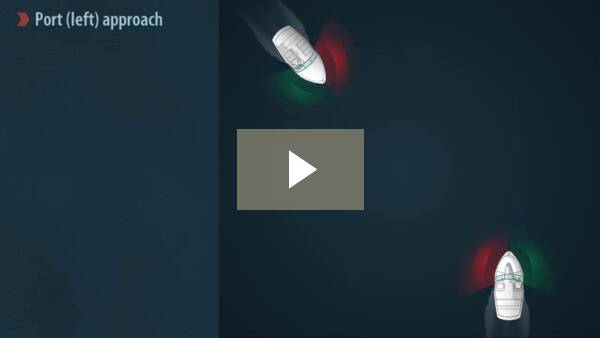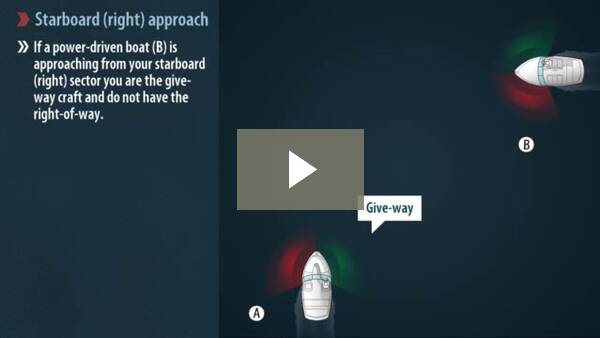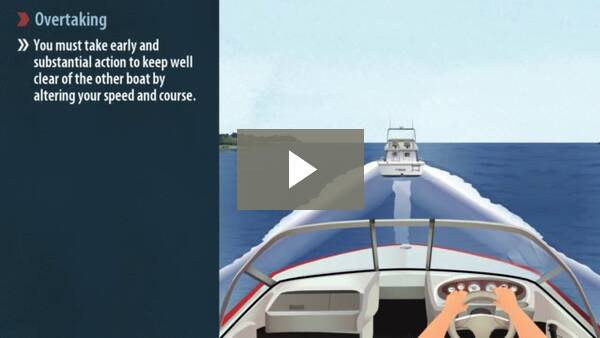Boat Navigation and Right of Way
It’s important to know and understand boat navigation and right of way rules in Canada. This includes what actions to take when approaching another boat when you’re out on the water, just like understanding the rules of the road. They are important in helping reduce the risk of collision and injury and to keep everybody on the water running smoothly. Below are the four different approaches to be aware of and explanations behind what your role is as a boat operator.
Head-on Approach
When power-driven boats approach each other head-on, neither boat has the right-of-way.
Both operators (A and B) must take early action to steer clear of each other and steer starboard (to the right) as soon as possible in order to avoid a collision.
Port (left) Approach
If a power-driven boat (B) is approaching from your port (left) you are the stand-on craft (A) and have the right-of-way. You should maintain your speed and course and be ready to take evasive action.
The approaching boat (B) must take early and substantial action to avoid your boat by reducing its speed and changing direction.

Starboard (right) Approach
If a power-driven boat (B) is approaching from your starboard (right) you are the give-way craft and do not have the right-of-way.
You must take early and substantial action to keep well clear of the other boat by altering your speed and course.

Overtaking
If you are overtaking another power-driven boat (B) from the stern (from behind) you are the give-way craft (A) and do not have the right-of-way.
You must take early and substantial action to keep well clear of the other boat by altering your speed and course. You should pass at a safe distance to the port (left) or starboard (right) side of the other boat. If a safe route exists, you should always attempt to pass the boat on the starboard side.
Now that you know the rules of the water, you should be ready to boat with confidence! For a quick navigation review of what your role is when you approach other boats on the water, see below:











